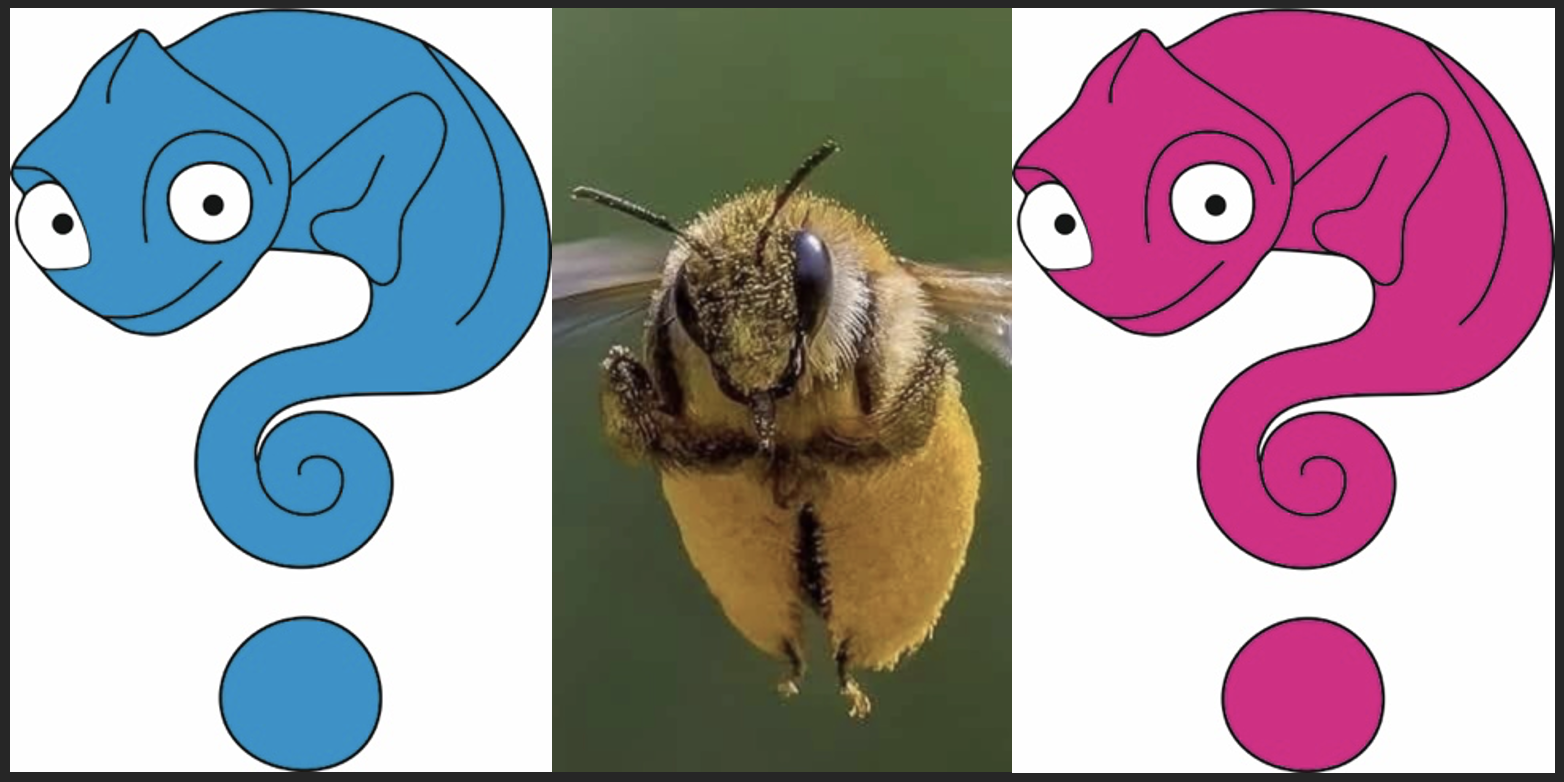Myth 7: “Bee Pollen Is Nonsense” — A Forensic Alarm Bell

Bee pollen is not a gimmick. It is a biologically embedded, ecologically inevitable component of wild chameleon nutrition. Denying its value is not skepticism—it's malpractice.
The Myth: Bee Pollen Is Just Hype
Some keepers scoff: "Bee pollen? That's just a fad. Chameleons don't need it." But this myth collapses under the weight of evolutionary evidence. Bee pollen is not optional. It is omnipresent in the wild diet—fresh, dried, pre-digested, and modified. To dismiss it is to amputate a vital limb of their nutritional ecology.
The Puzzle of Pollen: A Forensic Breakdown
Puzzle Piece #1: Pollinators Are Pollen Carriers. Bees are anatomical pollen tanks. Their legs, abdomen, and even their stomachs are loaded with pollen baskets, scopa hairs, and bee bread. Every bee a chameleon eats is a pollen capsule.
Puzzle Piece #2: Dual-Stomach Bees. Bees carry nectar in one stomach and bee bread (modified pollen) in the other. When chameleons eat bees, they ingest both. This is not theory—it's digestive fact.
Puzzle Piece #3: Chameleons Hunt Pollinators. Wild chameleons target bees, wasps, flies, and beetles drawn to flowers. Their tongues are precision tools evolved to snatch pollinators mid-flight. Their feces confirm it: undigested remains of Hymenopterans and Dipterans, plus pollen granules.
Puzzle Piece #4: Chameleons Eat Flowers. Species like C. arabicus consume Acacia blossoms, rich in nectar and pollen. This behavior is not anecdotal—it's documented. Pollen is ingested directly from floral tissue.
The Alarm: What Happens When We Omit Pollen?
We strip away immune support, micronutrients, and digestive fiber.
We sever the ecological link between chameleons and their floral biome.
We force-feed sterile diets devoid of the biochemical complexity they evolved to process.
This is not minimalism. It is starvation by omission.
The Truth: Pollen Is a Wild Imperative
In nature, chameleons consume:
Fresh pollen from flowers
Dried pollen from insect bodies
Pre-digested pollen from pollinator stomachs
Modified pollen (bee bread) from bee guts
In captivity, we must replicate this. Bee pollen can be:
Dusted on feeders
Dissolved in drinking water
Used as gut-load for prey
This is not a supplement. It is a restoration of ecological truth.
Conclusion: Bee Pollen Is Not Optional
To reject bee pollen is to reject the forest. The answers to chameleon health are not written in the walls of artificial cages, but in the wings of bees and the petals of Acacia. Bee pollen is not nonsense—it is nature's signature. Ignore it, and you ignore the chameleon's evolutionary script.
Debunk the myth. Restore the wild. Feed the truth.